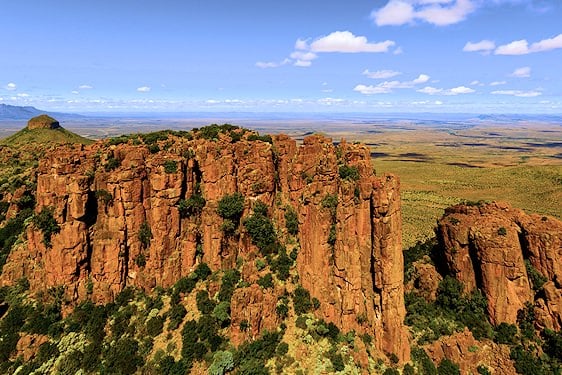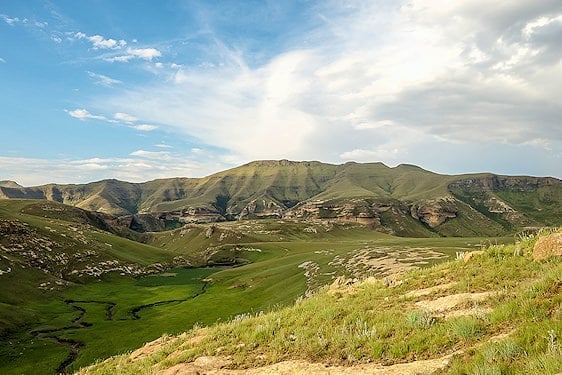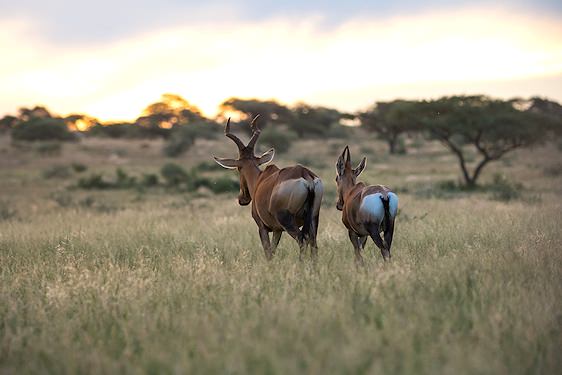- Home
- >
- African Travel
- >
- South Africa
- >
- National Parks
- >
- Kruger National Park
- >
- Mammals
- >
- Rock Hyrax (Dassie)
Description
The rock hyrax, commonly called the dassie, is a small, stocky mammal adapted to life among boulders and cliff faces. Short ears, a stubby tail, rubbery soles for grip, and a prominent dorsal scent gland help distinguish it. In Kruger, you’ll most often spot hyrax basking on warm rocks near reliable refuge and vegetation.

Hyrax occur widely across Southern Africa, including much of South Africa and the western parts of Namibia, with localized presence in Botswana, Zimbabwe, and Mozambique near suitable rocky habitat. Beyond the region, the species extends patchily across eastern and northeastern Africa where cliffs and boulder fields provide shelter.

Status
Rock hyrax are widespread and locally common where suitable rocky habitat exists. Population density varies by region and resources, but the species is broadly stable in Southern Africa and is a frequent sighting in Kruger around koppies and rocky outcrops.

Habitat
Hyrax favor granite boulders, cliff faces, and broken rocky terrain offering crevices for refuge. Diet includes leaves, grasses, shoots, and fruits when available. In Kruger they occupy rocky rises within savanna and grassland, often near vantage rocks used for basking and scanning for danger.

Social Organization
Hyrax form groups centered on secure shelter, typically with multiple related females, juveniles, and one or more adult males. Groups bask together, share refuges, and rely on sentinels that scan from elevated rocks and sound alarms when threats approach.
Finest Safari Areas in Africa for Encountering Rock Dassie
We recommend the following National Parks and Private Reserves for the best chances of spotting the rock dassie on safari game drives and bush walks.

Social Behavior
Groups spend mornings sun basking on exposed rocks, alternating with bouts of foraging near shelter. Sentinels issue sharp alarm calls when a threat is detected. Typical foraging distances are short to allow rapid retreats into crevices and burrows among the boulders.

Reproduction
Sexual maturity is typically reached around 16 months. In Southern Africa, mating often occurs from February to April. After a gestation of about 6–7 months, litters of 2–3 are common. Dominant males may mate with multiple females within the group.

Anti-Predator Behavior
Main predators include leopard, caracal, and large eagle species. At the first alarm, hyrax dash for narrow crevices and bolt-holes that exclude larger predators, a strategy supported by short foraging forays and constant vigilance from lookout positions.












